Forums
- Forums
- Duggy's Reference Hangar
- Luftwaffe Library
- Focke-Wulf Fw 44 Stieglitz ("Goldfinch")
Focke-Wulf Fw 44 Stieglitz ("Goldfinch")
Post a reply
- Go to Previous topic
- Go to Next topic
- Go to Welcome
- Go to Introduce Yourself
- Go to General Discussion
- Go to Screenshots, Images and Videos
- Go to Off topic
- Go to Works in Progress
- Go to Skinning Tips / Tutorials
- Go to Skin Requests
- Go to IJAAF Library
- Go to Luftwaffe Library
- Go to RAF Library
- Go to USAAF / USN Library
- Go to Misc Library
- Go to The Ops Room
- Go to Made in Germany
- Go to Campaigns and Missions
- Go to Works in Progress
- Go to Juri's Air-Raid Shelter
- Go to Campaigns and Missions
- Go to Works in Progress
- Go to Skinpacks
- Go to External Projects Discussion
- Go to Books & Resources
-
4 years agoFri Jun 27 2025, 03:43pmDuggy
 Main AdminThe Focke-Wulf Fw 44 Stieglitz ("Goldfinch") is a 1930s German two-seat biplane. An early design by Kurt Tank, it was produced by the Focke-Wulf company as a pilot training and sports flying aircraft. It was also eventually built under license in several other countries.
Main AdminThe Focke-Wulf Fw 44 Stieglitz ("Goldfinch") is a 1930s German two-seat biplane. An early design by Kurt Tank, it was produced by the Focke-Wulf company as a pilot training and sports flying aircraft. It was also eventually built under license in several other countries.
Design and development
Kurt Tank had joined The Focke-Wulf Company in November 1931 from BFW, later Messerschmitt, and headed the design and flight test department for Focke-Wulf at the same time, replacing Heinrich Focke who was preoccupied with rotary-wing activities. Tank would remain in the position until the end of the World War II.
After further extensive flight testing, undertaken by Kurt Tank himself, he found the root of the problem. While flying the prototype back from a test flight, he happened to be looking at the shadow of the plane on the ground and he noted that the tail’s shadow blurred which indicated some kind of vibration in that area. Then the whole aircraft shook. Having landed he and his engineers check the tail of the aircraft and they found that the vibrations were being caused by separate cables operating the elevators. By joining these together to make the elevators act as one unit, the vibration problem was eliminated.
With this issue solved the Focke-Wulf 44 “Stieglitz” soon proved to have excellent handling characteristics and powerful aerobatic capabilities that won many prizes in numerous competitions, such as the Artificial Flying World Championship. The Fw 44 was popular, and known aircraft all over the world as a simple training glider. Following many successful aerobatic displays around Germany, demand for this aircraft was so great that other German manufacturers manufactured the Fw 44 under license. In addition to the export models, production began in several other countries, such as Argentina, Austria, Brazil, Bulgaria and Sweden. It served as a standard training aircraft at the German transport school and the Luftwaffe.
One interesting fact about Fw 44 is that the body of one plane, the design retaining both the fuselage and engine, was used as the basis for the world’s first “practical” helicopter known as Focke-Wulf Fw 61.
Production Variants
Thanks to its exceptional flying characteristics, it was ordered by many nations around the world. In addition to export orders from Turkey, Switzerland, Bolivia, Chile, China, Czechoslovakia, Finland and Romania, it was produced under license in Argentina, Austria, Brazil, Bulgaria and Sweden. The Fw 44 was built in substantial numbers for the Luftwaffe, serving as a trainer until the end of the World War II. It was also in use by the Deutsche Luftsportverband and Deutsche Verkehrfliegerschule. Exact production numbers are not known, due to production in Germany by Focke-Wulf and and many other subcontractors such as AGO, Bucker and Siebel, in addition to other license agreements worldwide. It is assumed that the production numbers are between 1900 to more than 3000 planes. Focke-Wulf had to build another factory just to keep up with demand for the plane.
Variants
The production variants differed from each other in minor equipment details. The most numerous variants were the Fw 44C, Fw 44D and Fw 44F, with all three models utilizing the same Siemens Sh 14a engine. The final production Fw44J model had a 160 hp Siemens Sh 14a-4 seven-cylinder radial engine.
Fw 44A
The Fw 44A was powered by a 150hp Siemens Sh14a engine, and was used for flight tests. This model was in production until the end of 1932.
Fw 44B
The improved Fw 44B first appeared in 1933, with production commencing in 1934. The Fw 44B, had an Argus As 8 four-cylinder inverted inline air-cooled engine of 90 kW (120 hp). The cowling for this engine gave the plane a more slender, aerodynamic nose. The other change was in the extension of the fuselage from 6.6 to 7.3 meters, which was tested on this model.
Fw 44C
This model was used extensively by the Luftwaffe at advanced training schools throughout the Second World War. The Fw 44C, was powered by the Siemens Sh 14a engine, which offered the best overall performance.
Fw 44D
The D model was same as the Fw as 44 C, but with different exhaust manifold. The plane got a small luggage compartment made of fabric, which was attached to the rear cockpit. From 1934 onwards, improvements were taken into series production. Due to the high demand for this model, it was temporarily produced in other plants (Bücker Flugzeugbau – 85, AGO – 121, and an additional 515 planes under license). The Luftwaffe ordered some 1,600 examples of this model.
Fw 44E
Basically identical with to the D model, it was equipped with an Argus As 8 engine. It was built in limited number, only 20, in 1934.
Fw 44F
An upgrade of the D model. With some luggage compartment modifications, and the replacement of the rear pad with a landing wheel.
Fw 44H
Only one plane of this model was produced in 1936, and was used only for testing. This model was equipped with a six-cylinder engine (118hp).
Fw44J
The J model was mainly intended for export and was equipped with the 160 hp Siemens Sh 14a-4 seven-cylinder radial engine. This model was demonstrated in Sweden in late 1935, and in February 1936. The testing resulted in a license agreement between the Swedish aviation administration and Focke-Wulf on September 29, 1936. Two test aircraft were ordered, receiving the Swedish designation P2.
Operators
Germany
The Luftwaffe used the Fw 44 until the end of the World War II, mainly as a trainer aircraft in the Flugzeugführerschulen. The Germans used more than 1,600 planes. Many famous German aerobatic pilots flew the Fw 44 aircraft, including Gerd Achgelis, Adolf Galland, Emil Kopf, Ernst Udet and perhaps most famously Hanna Reitsch, who flew on almost all aircraft models.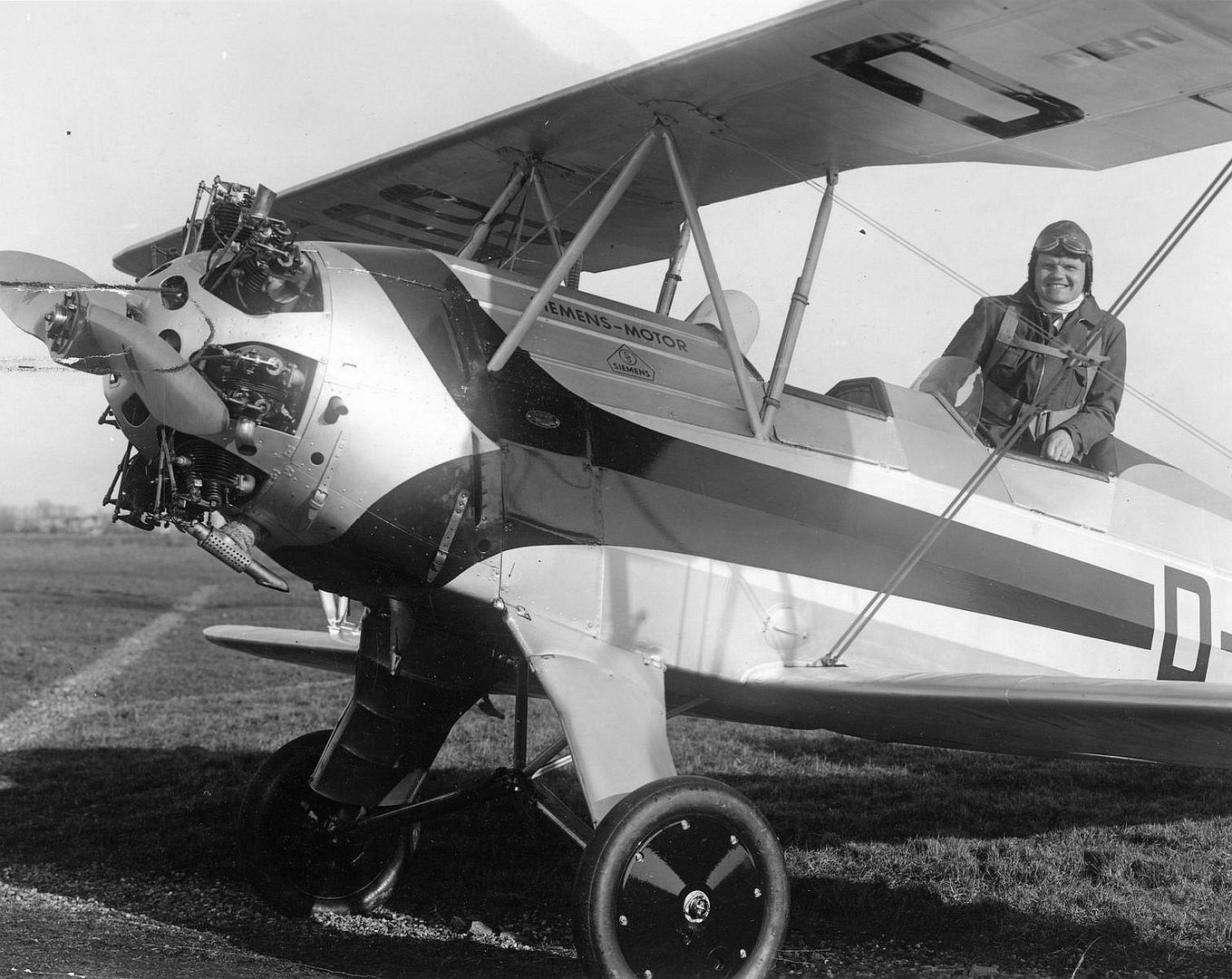
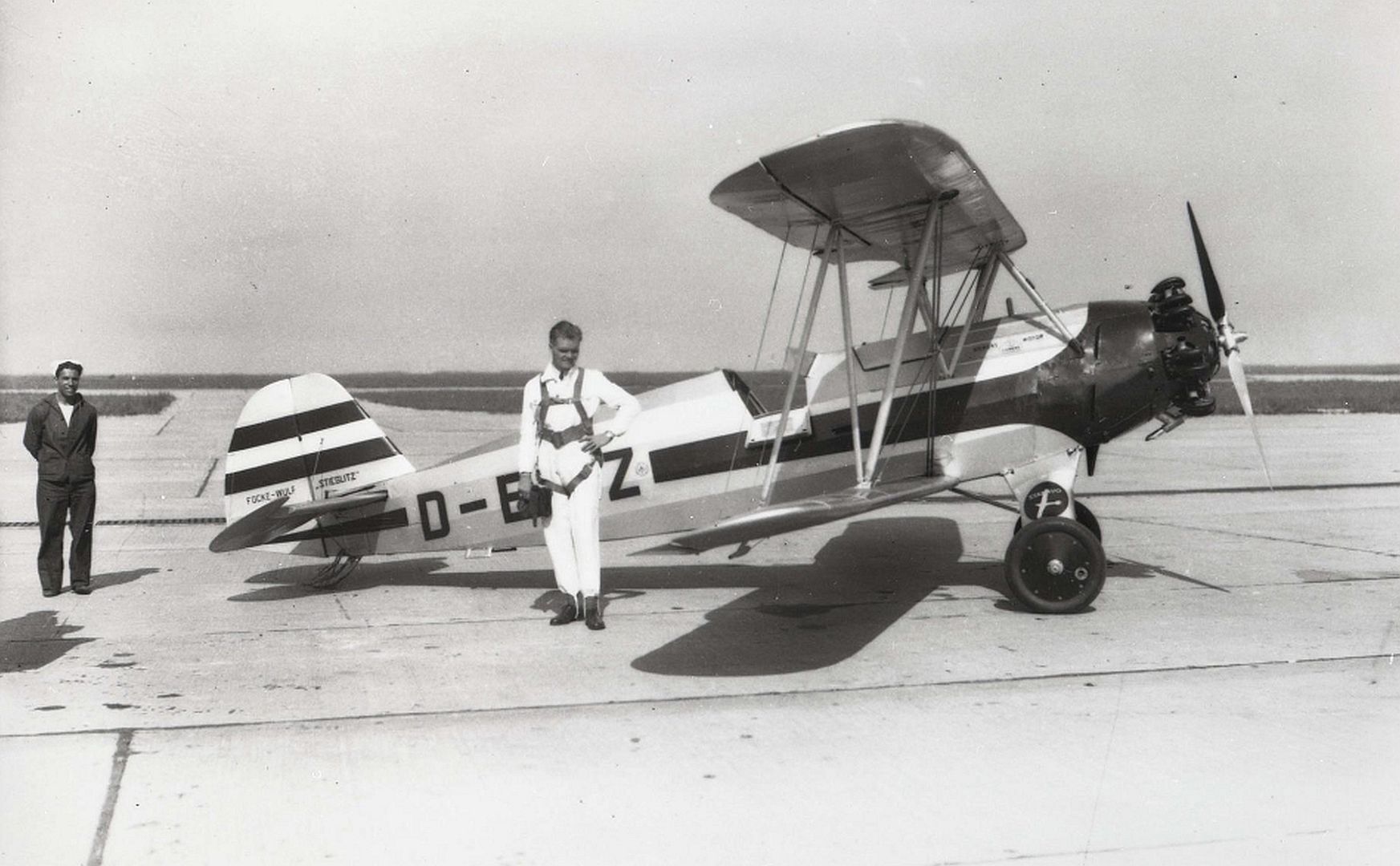
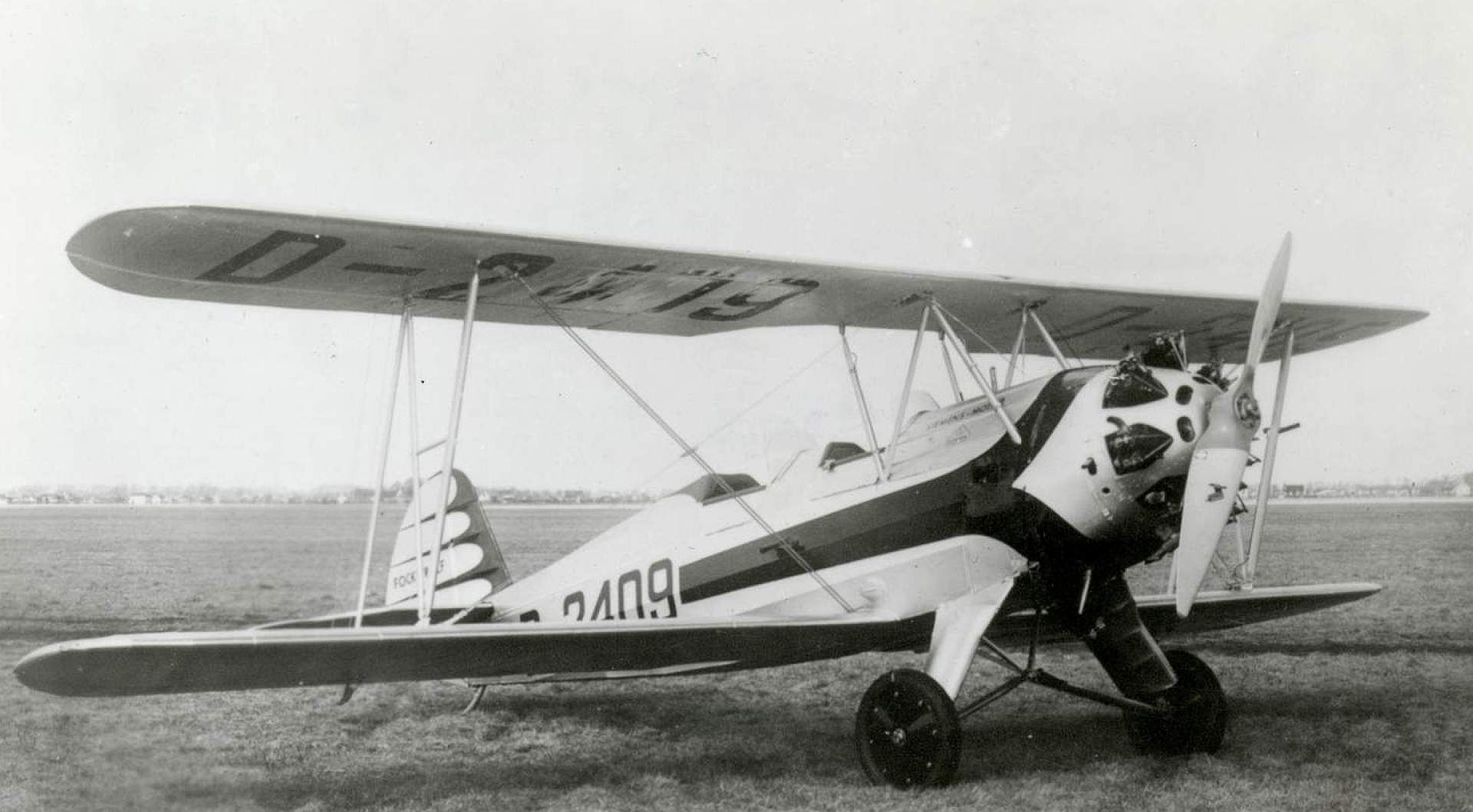
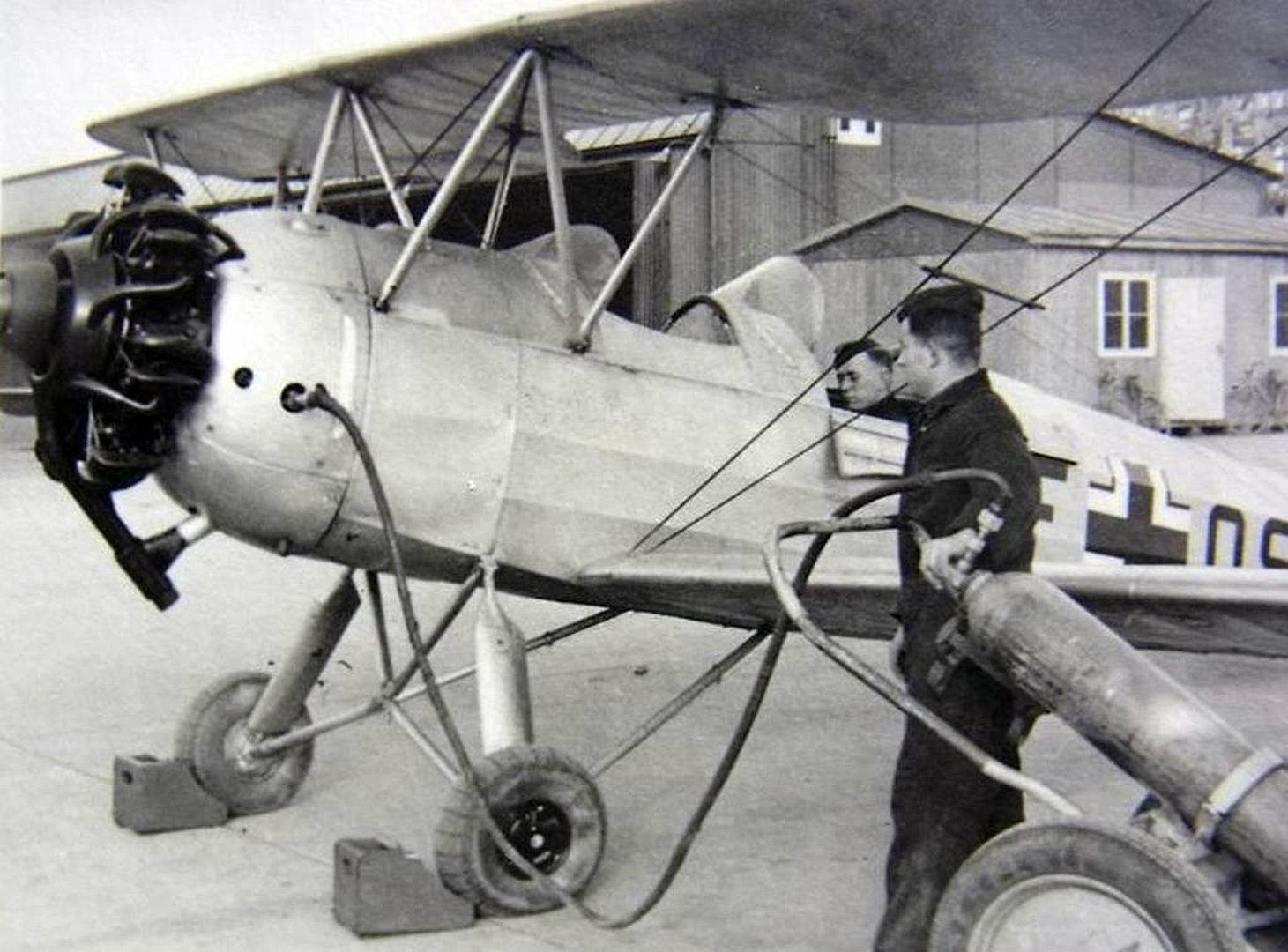
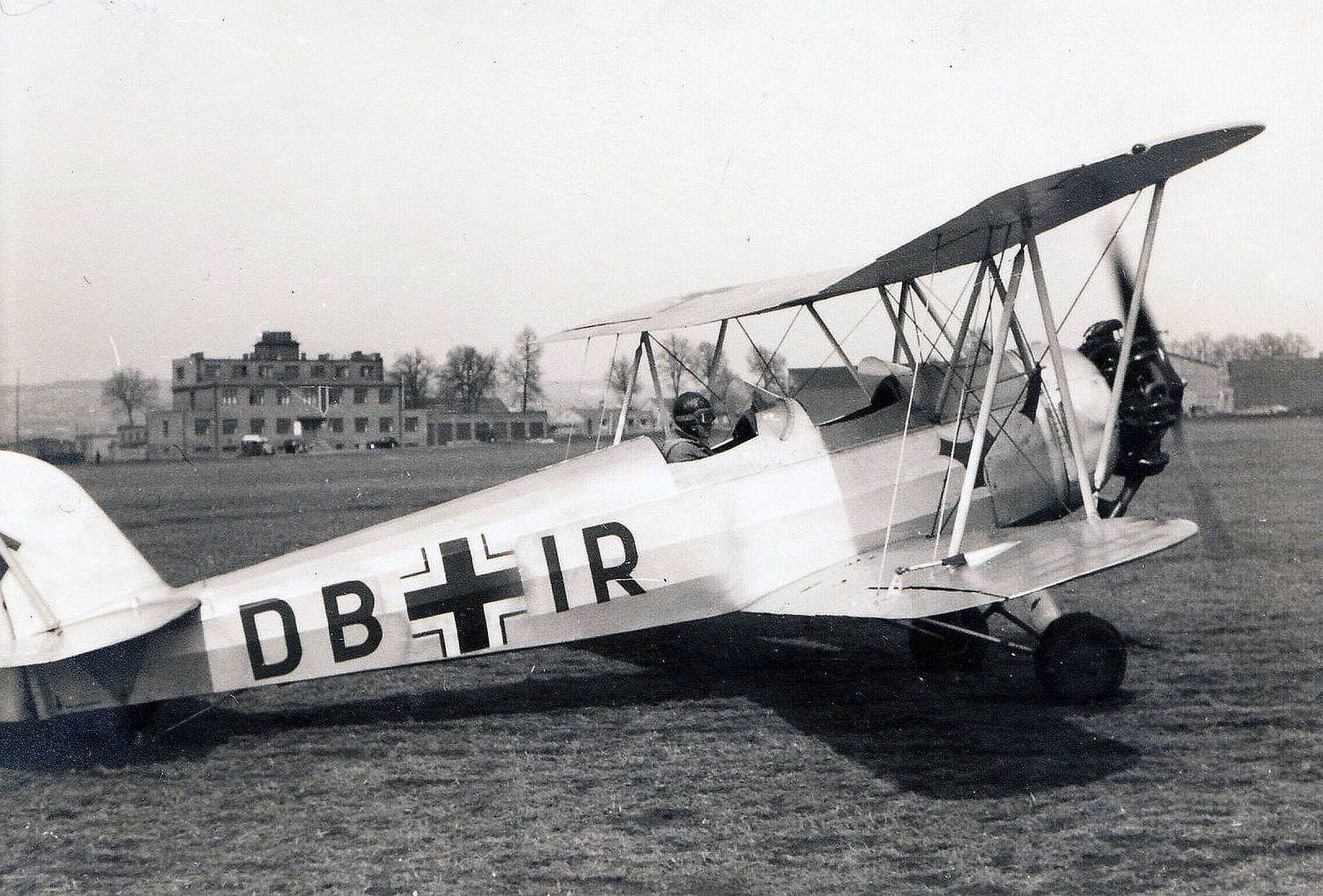

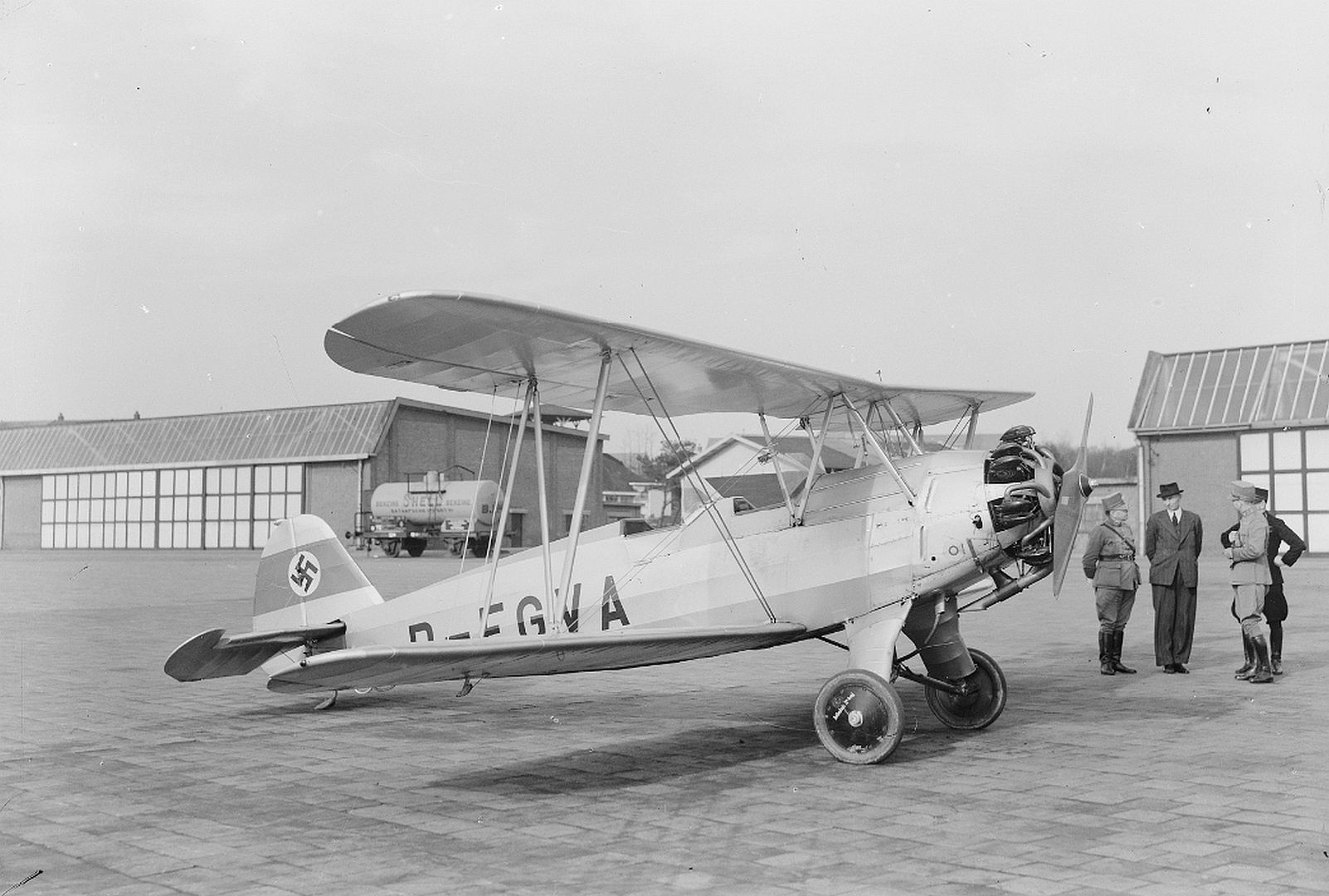
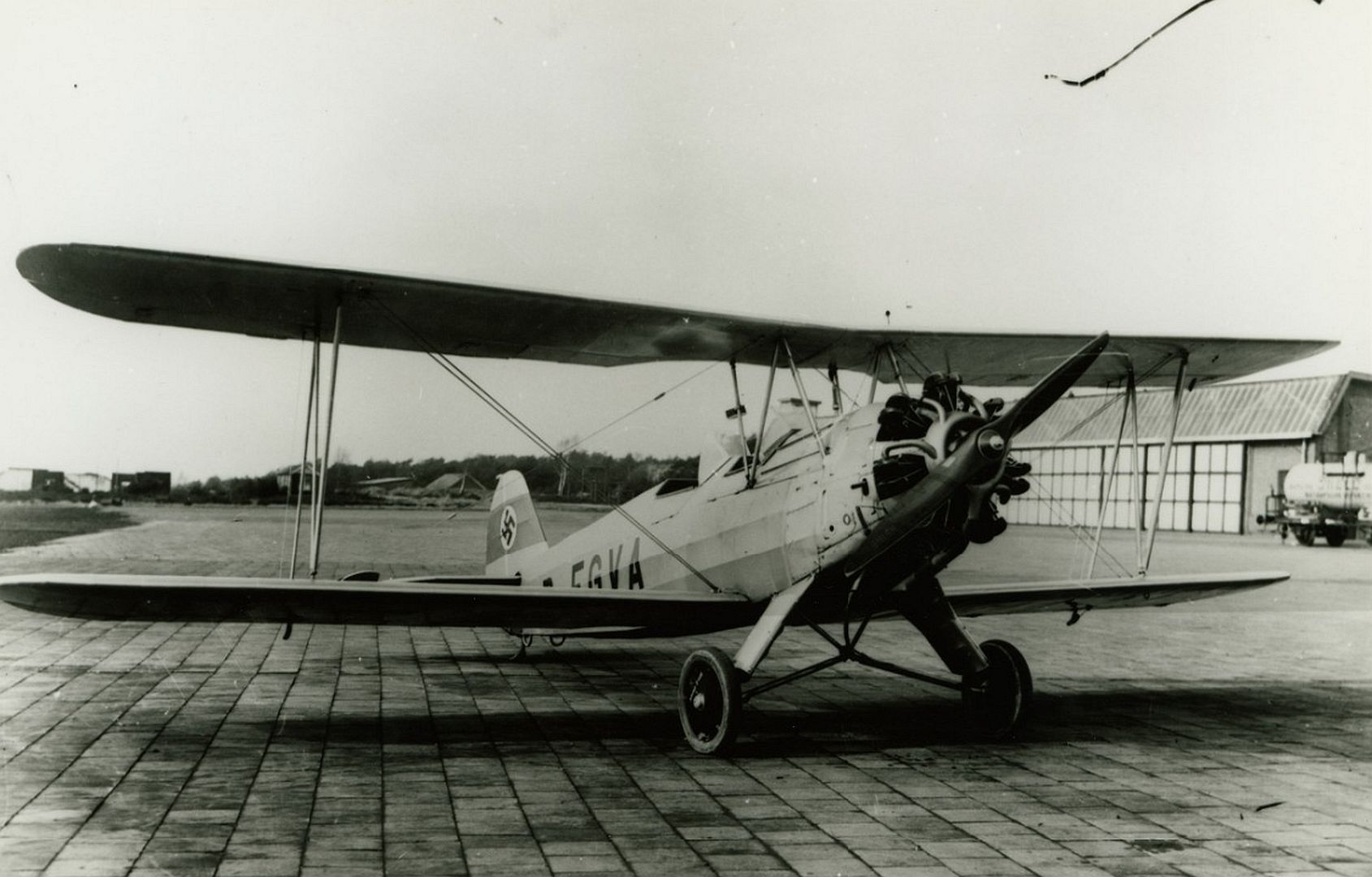
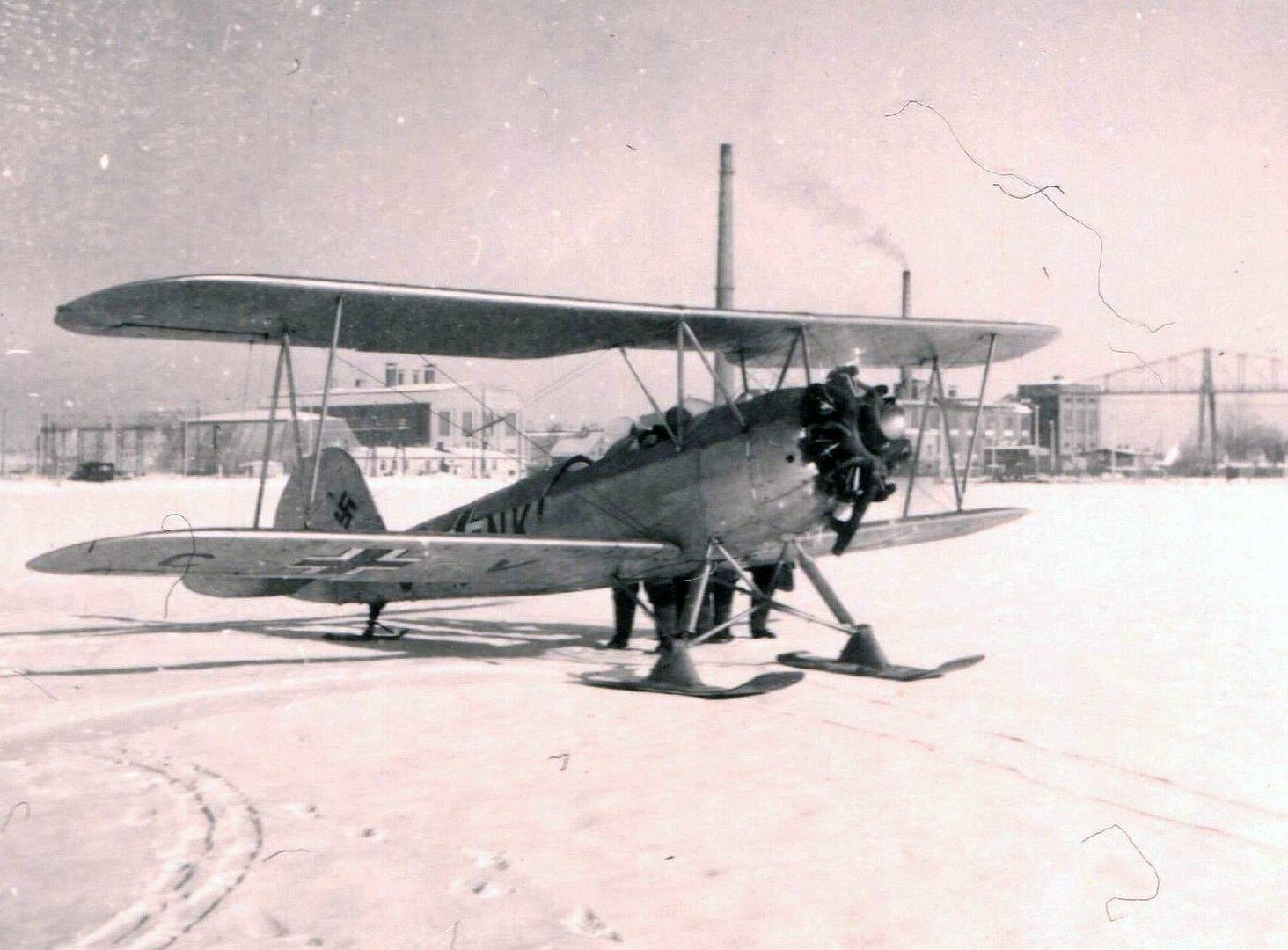
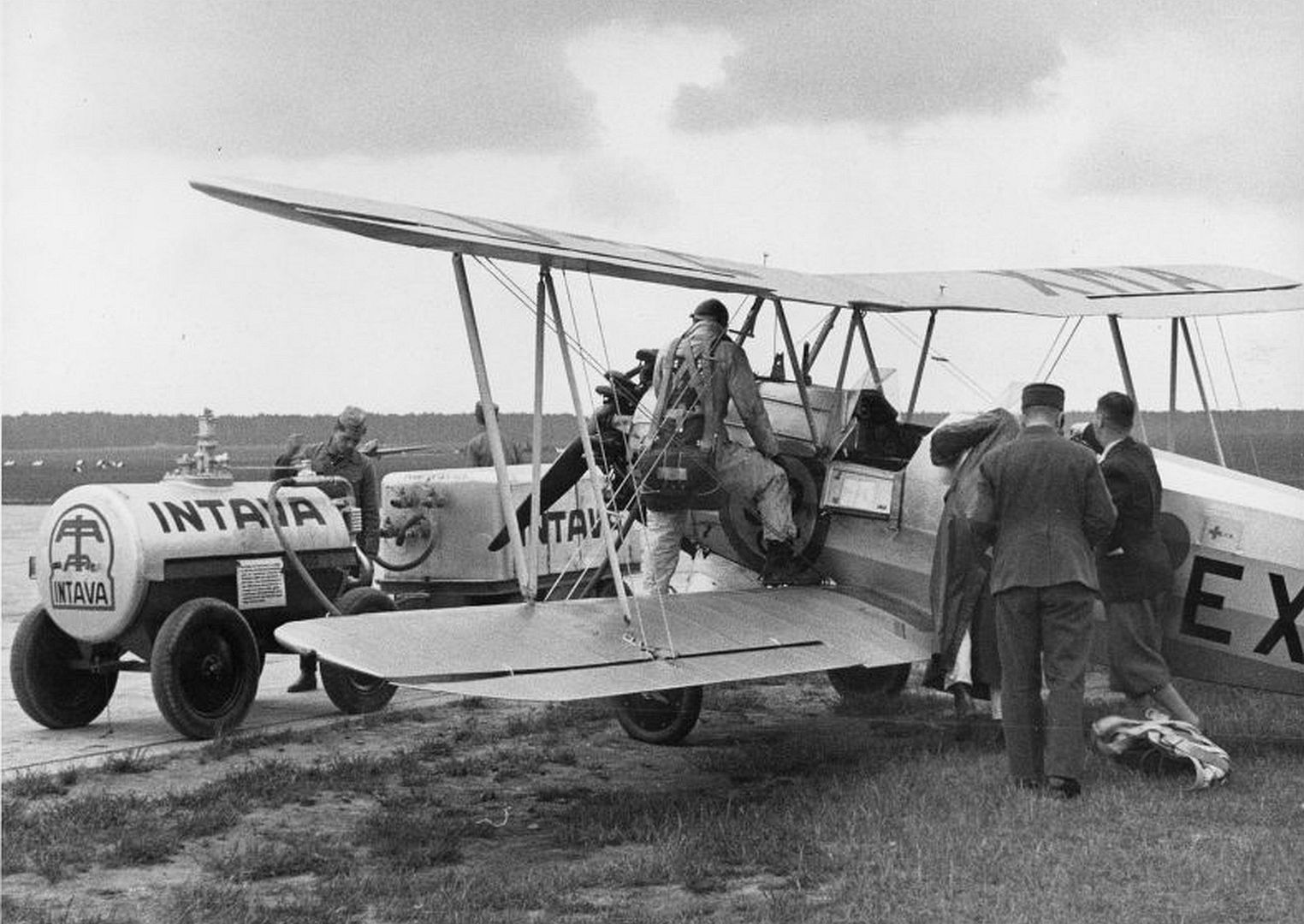
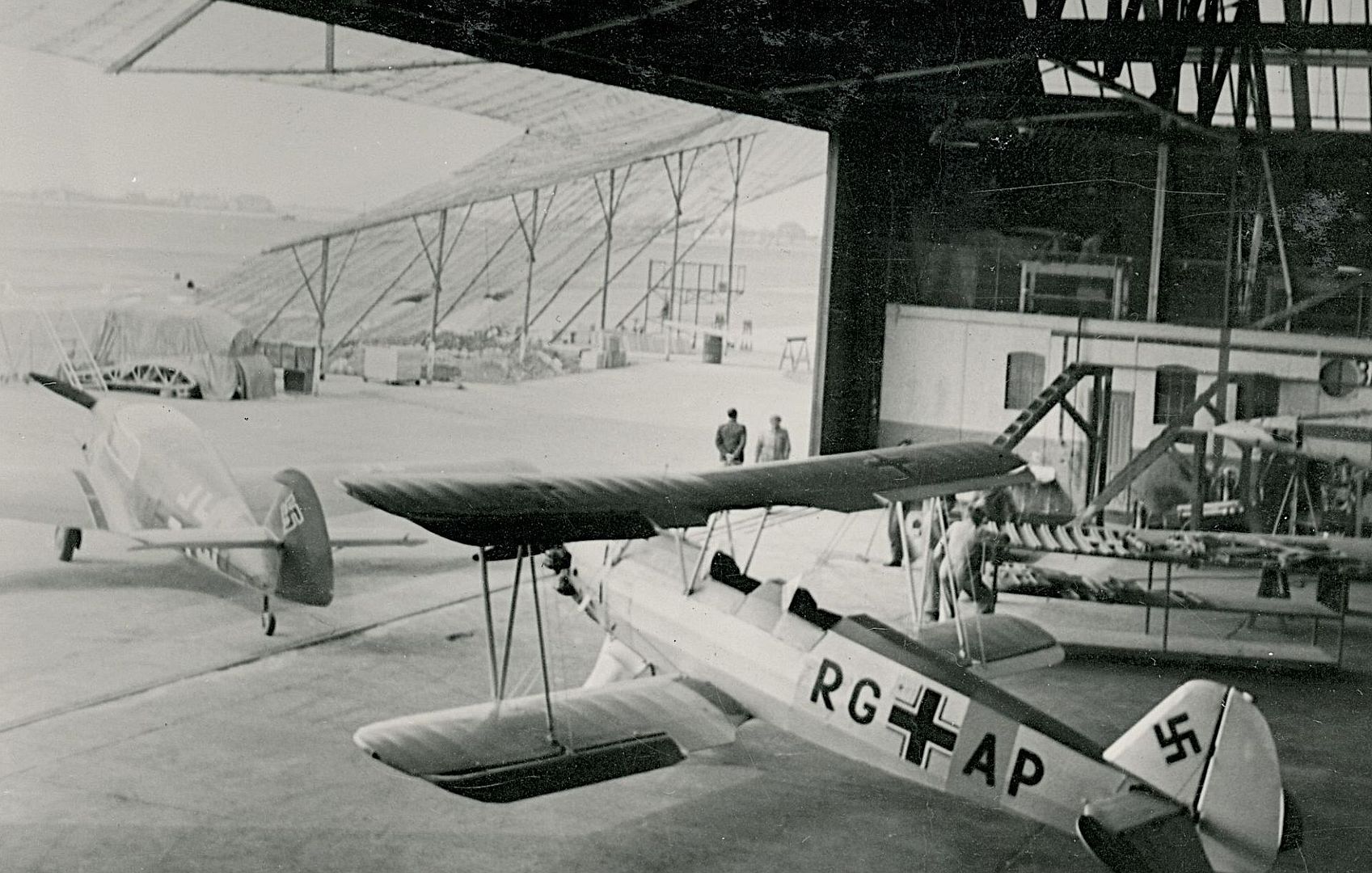
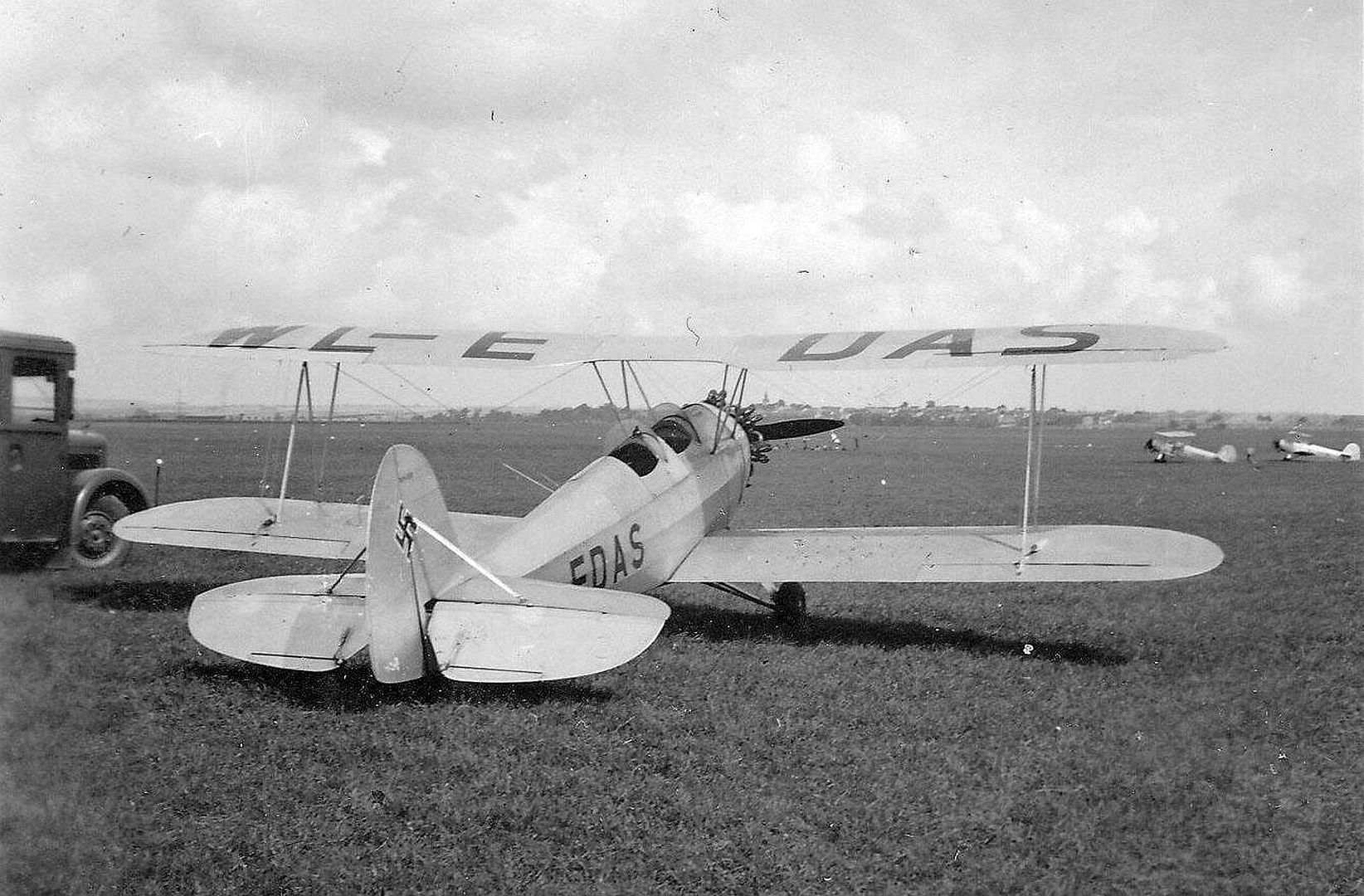
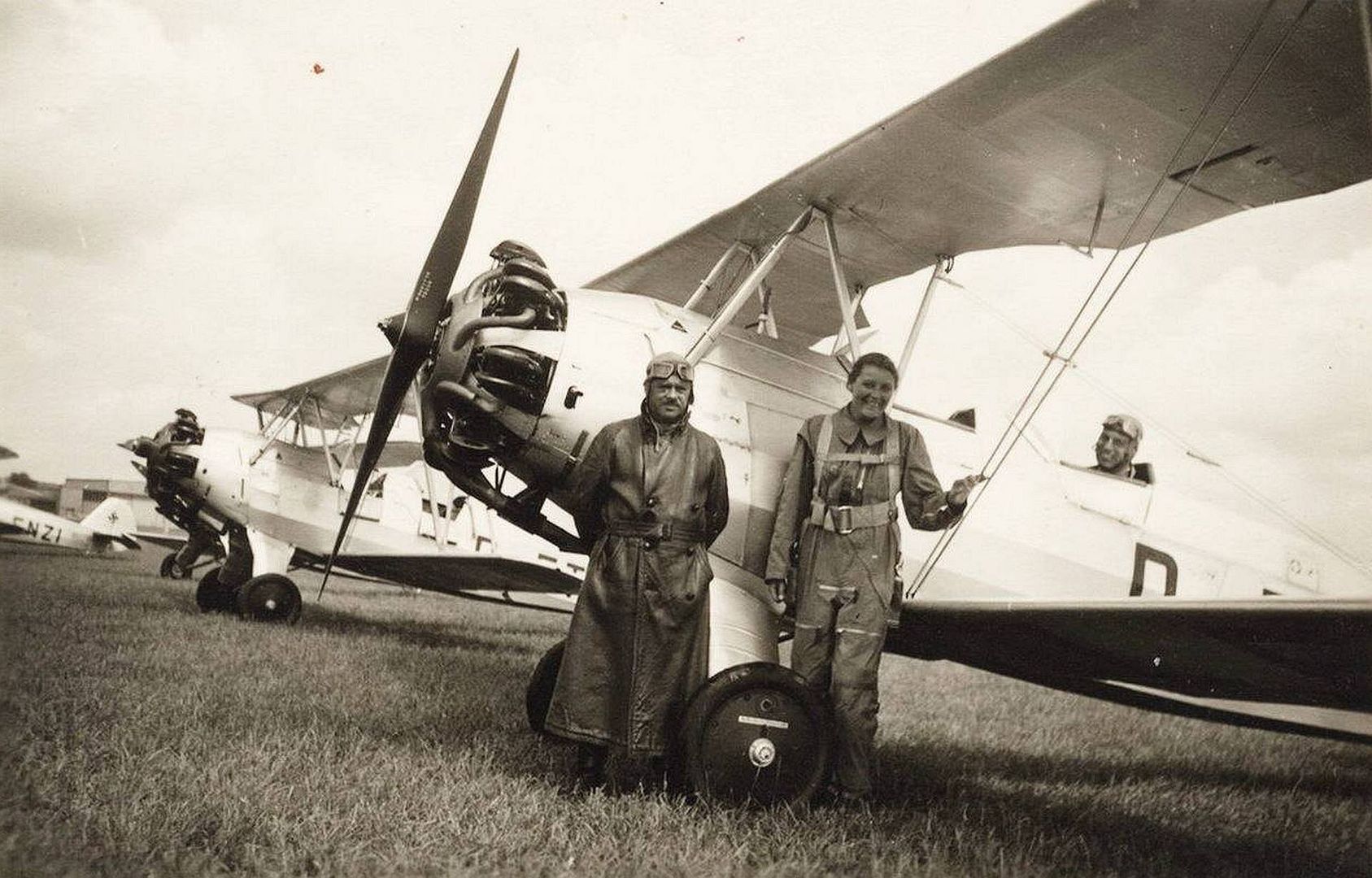
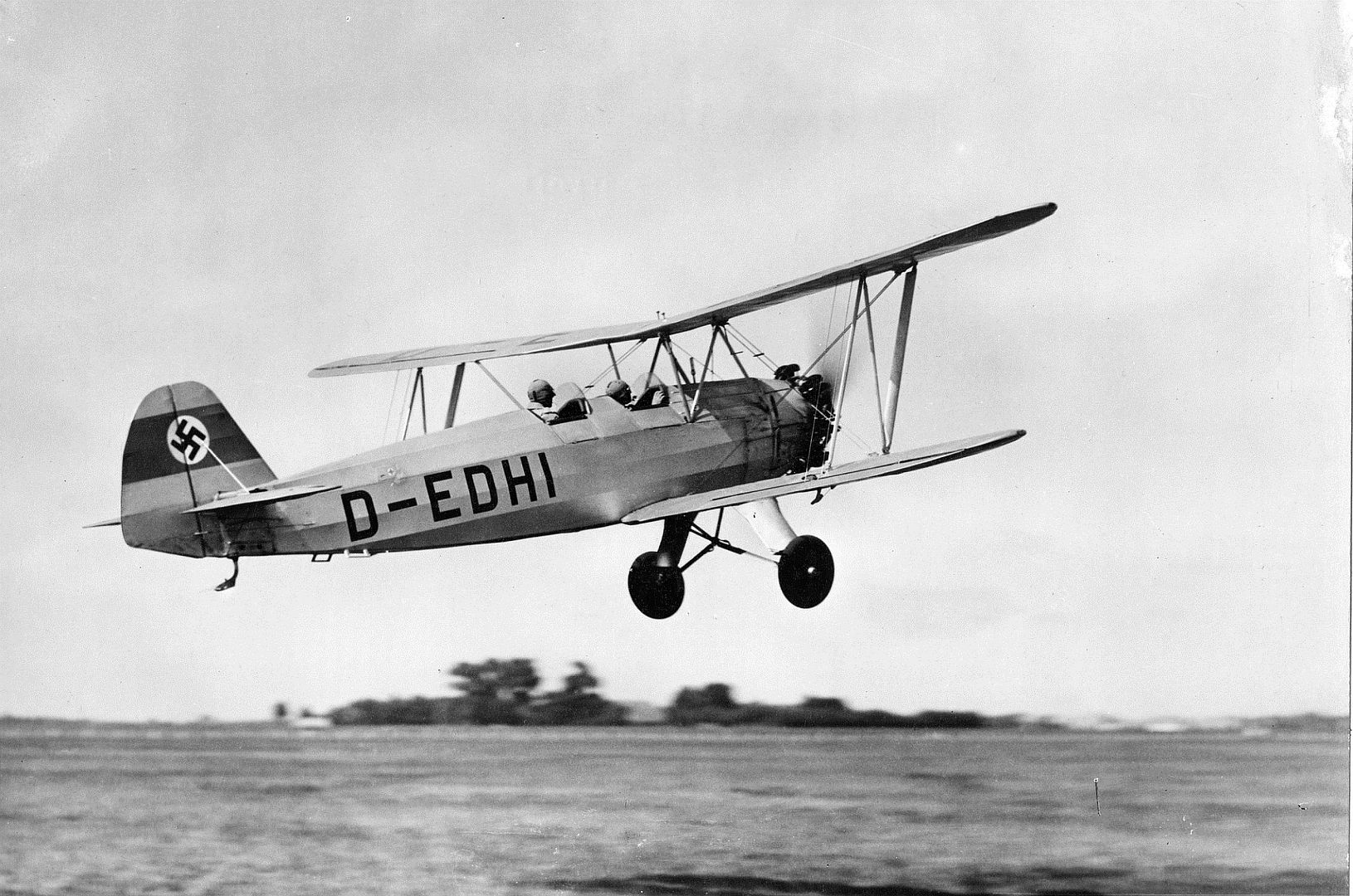
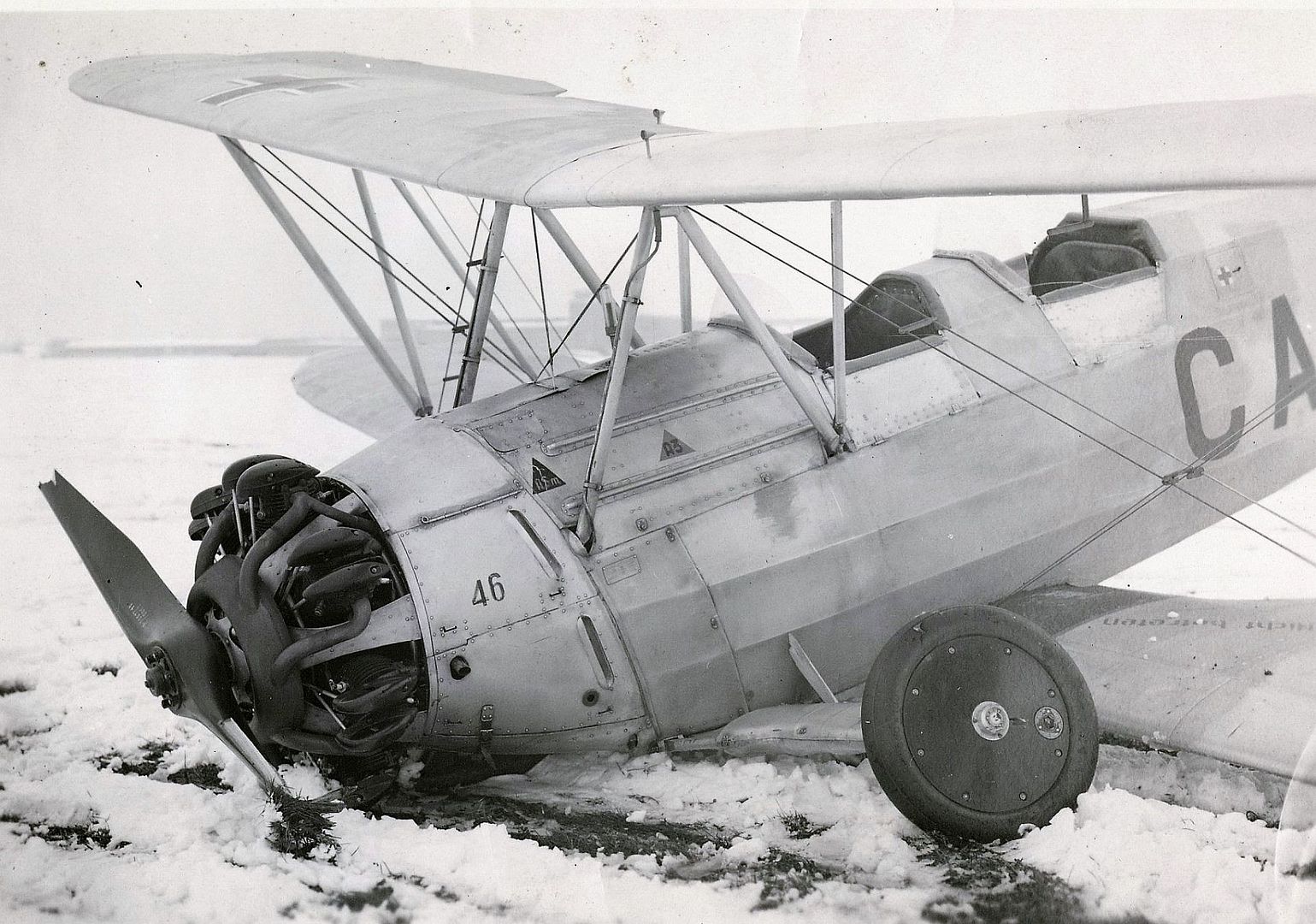
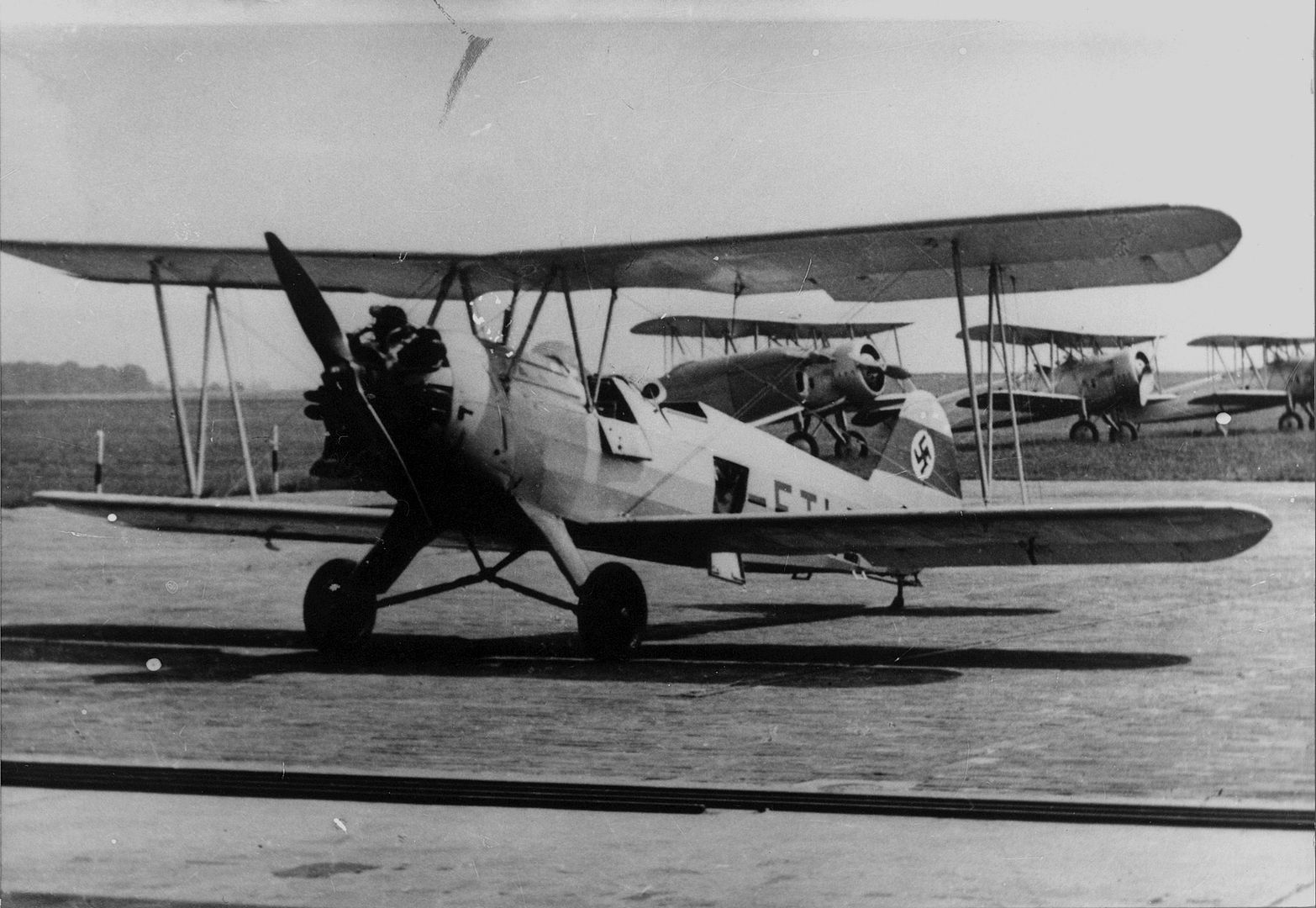
_biplane_trainer_on_an_unidentified_airfield..jpg?width=1920&height=1080&fit=bounds)
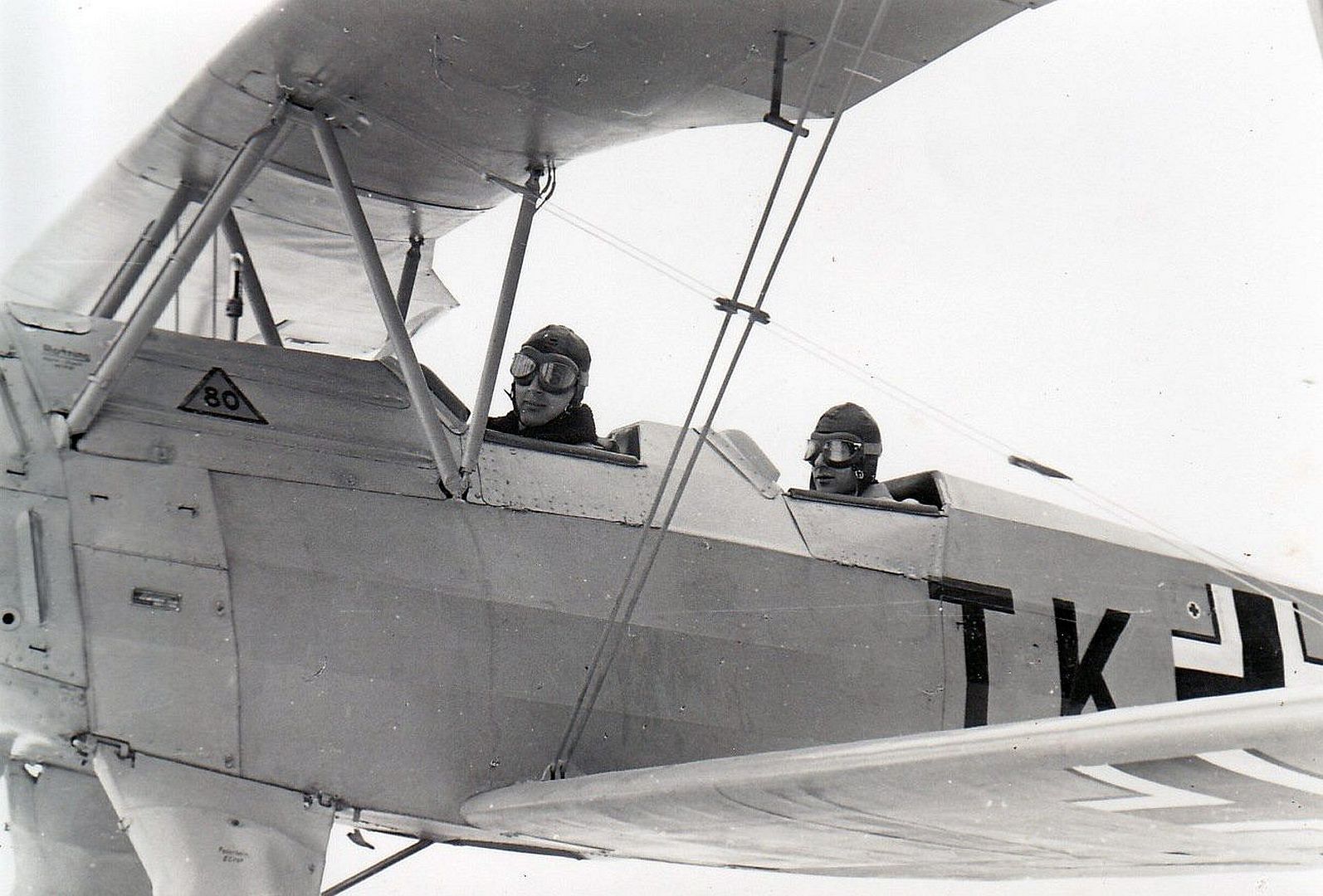

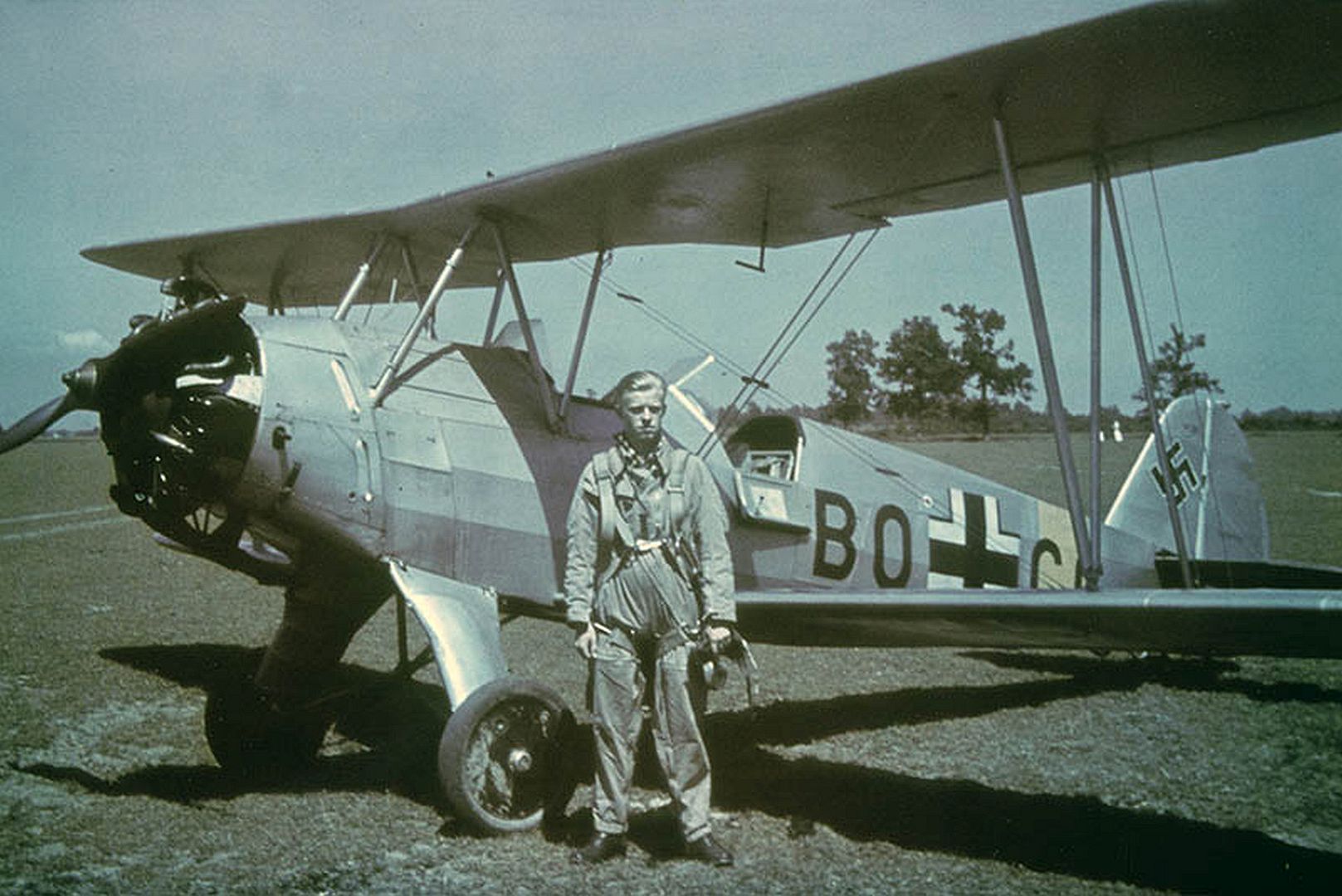
China
China purchased around twenty Fw 44’s which were all used during the Second Sino-Japanese War where all were lost in action. Some of them were modified for combat missions.
Bulgaria
In November 1936, the first six Fw 44 J were delivered and in May 1939 ten more followed. By February 1940 twenty more planes were delivered to Bulgaria, making a total of 46 J models. After the war surviving planes were handed over to Yugoslavia.
Sweden
In late 1936, 14 aircraft were ordered from Focke-Wulf. ASJA, AB Svenska Järnvägsverkstädernas Aeroplanavdelning, and the Swedish Railway Workshops Aircraft Department placed an order for 20 more aircraft in June 1937, while the Central Verkstaden at Västeras (CVV) placed an order for 37 more aircraft in 1939. Another 12 were ordered from Focke-Wulf in 1940, however, these were produced by Flugzeugwerke CKD at Prague, Czechoslovakia.
These were used for elementary and aerobatic training. Other training units flew this plane, and after withdrawn from basic training in 1946-1947, it was used for liaison, observation, glider-tug, and other ancillary roles. After being withdrawn from use, many came ended up on the civil registries in Sweden and Germany.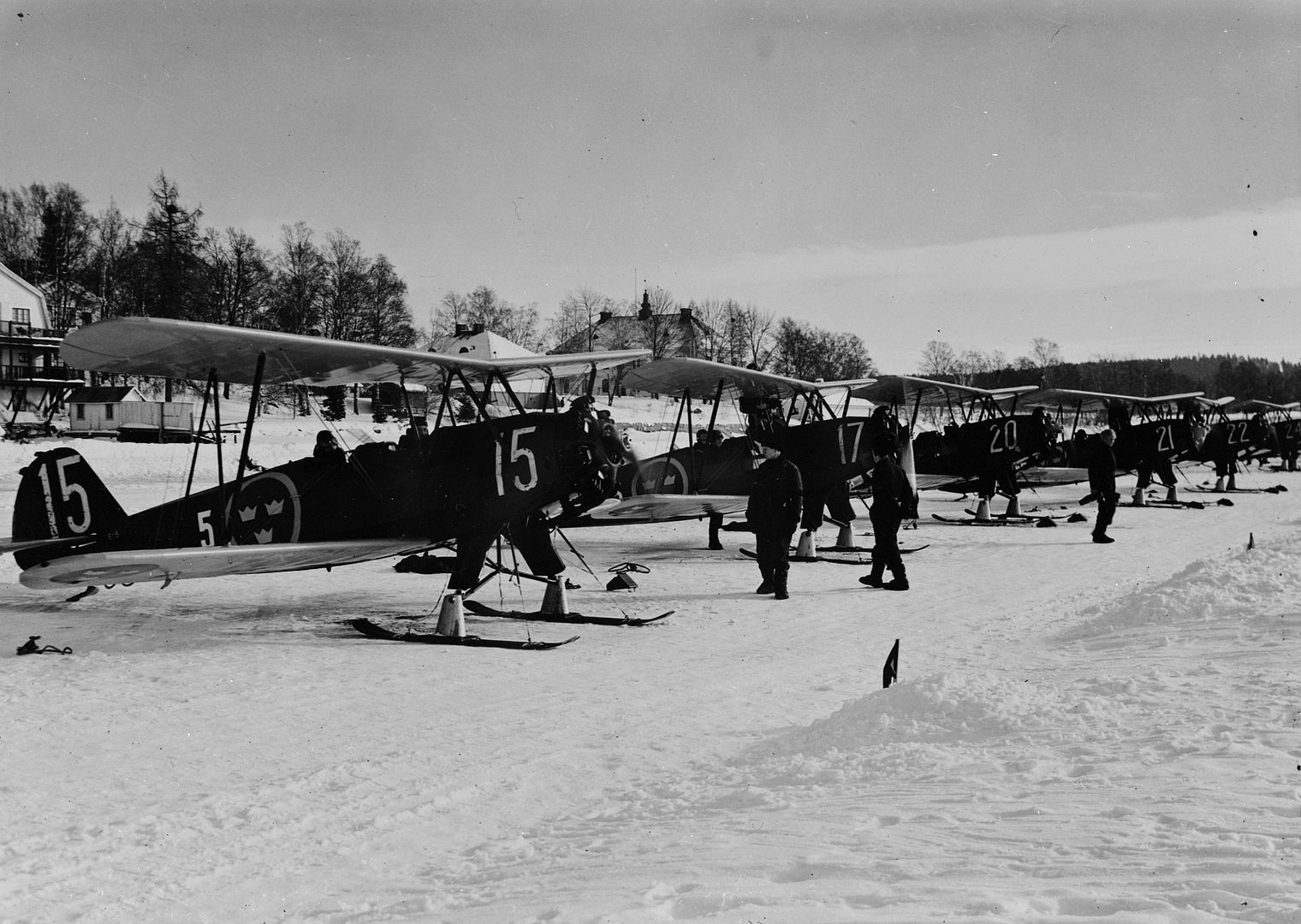
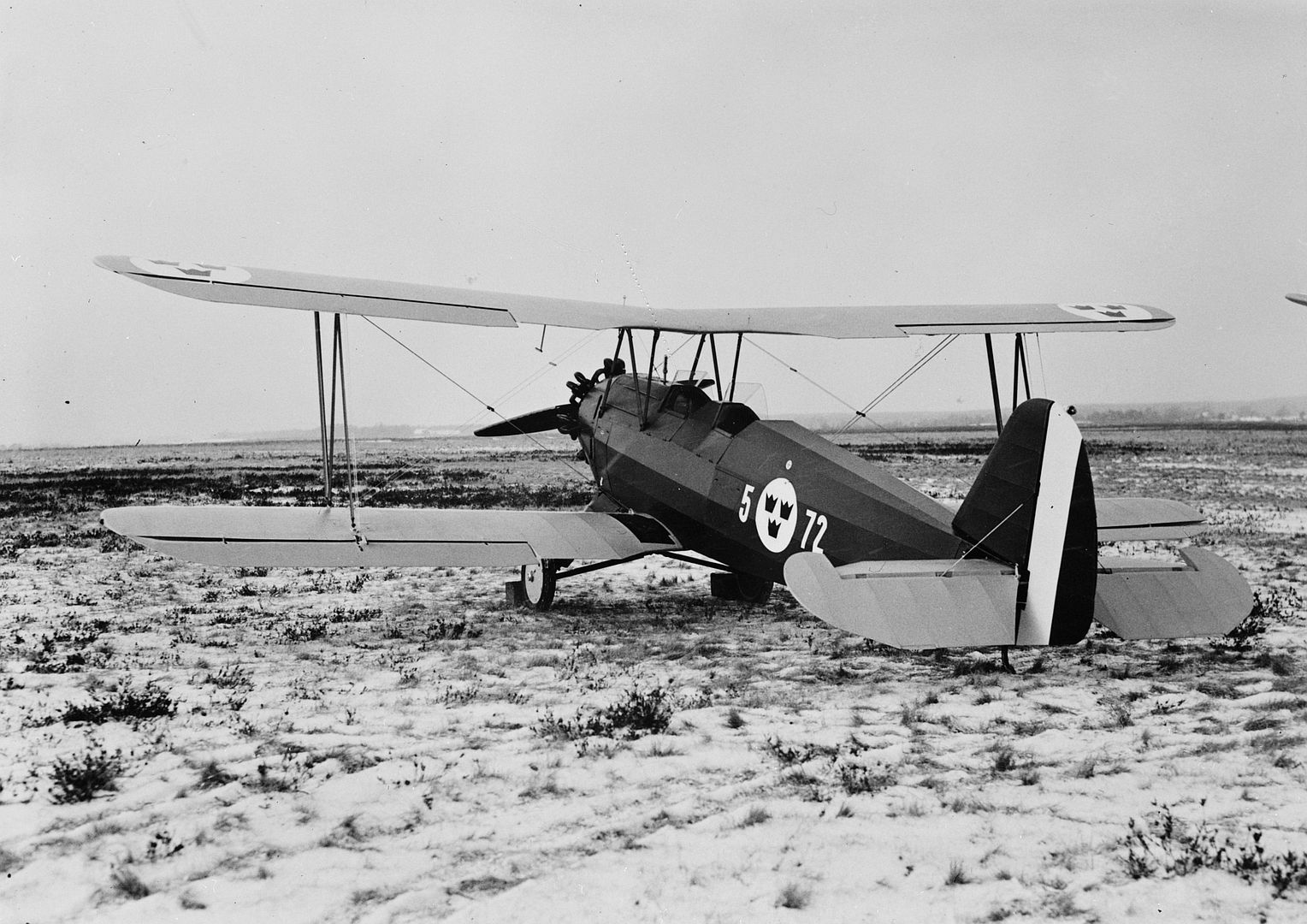
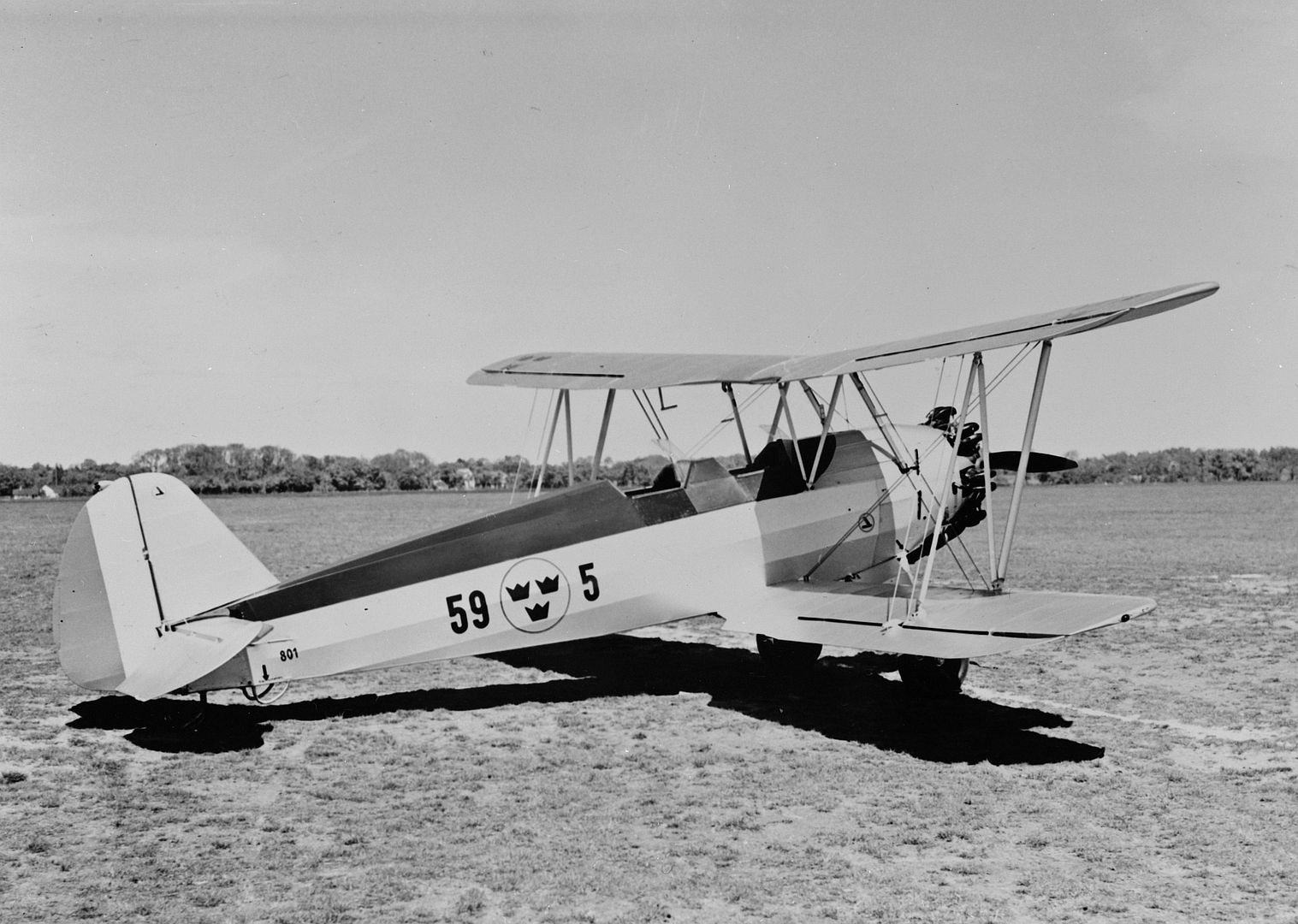
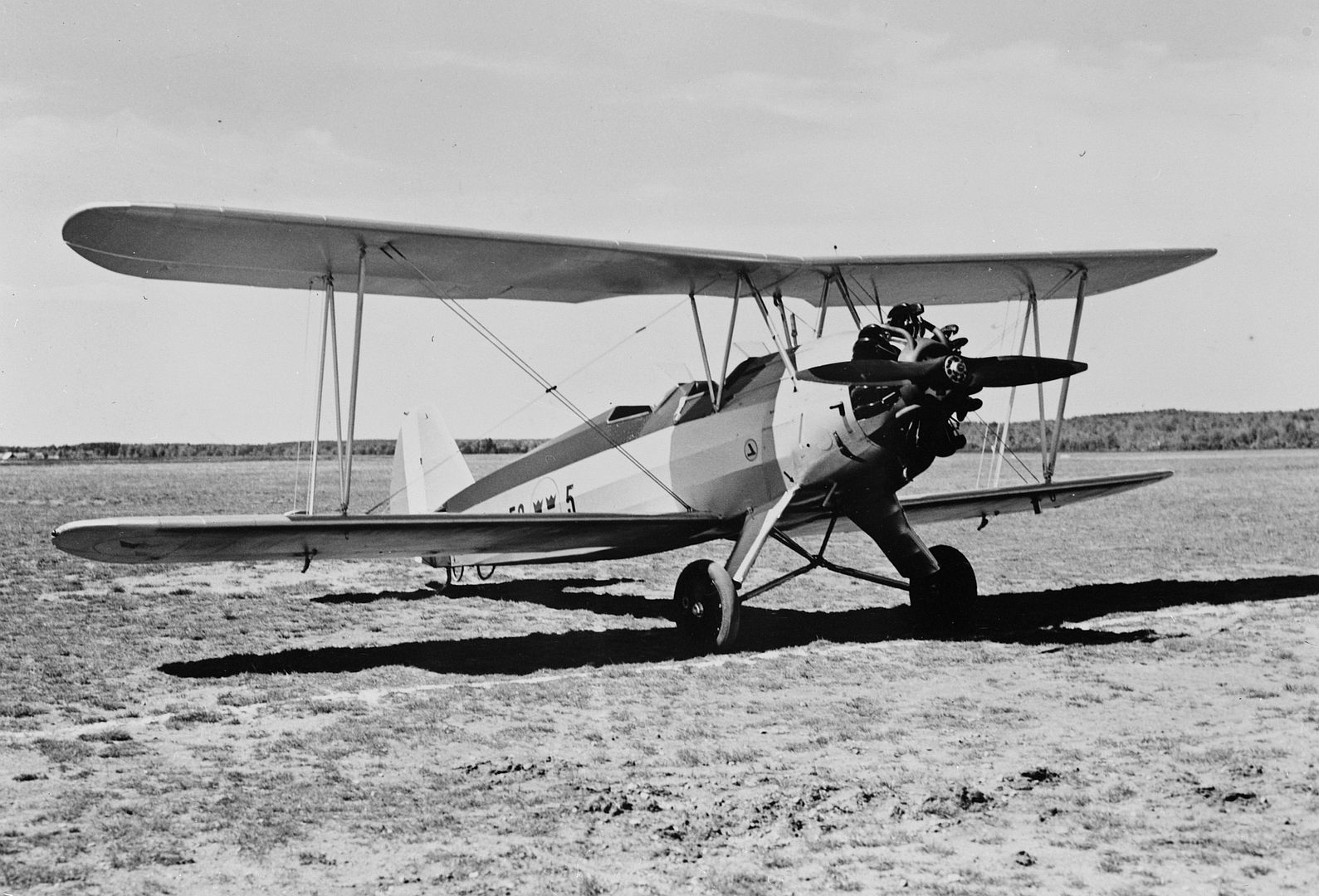
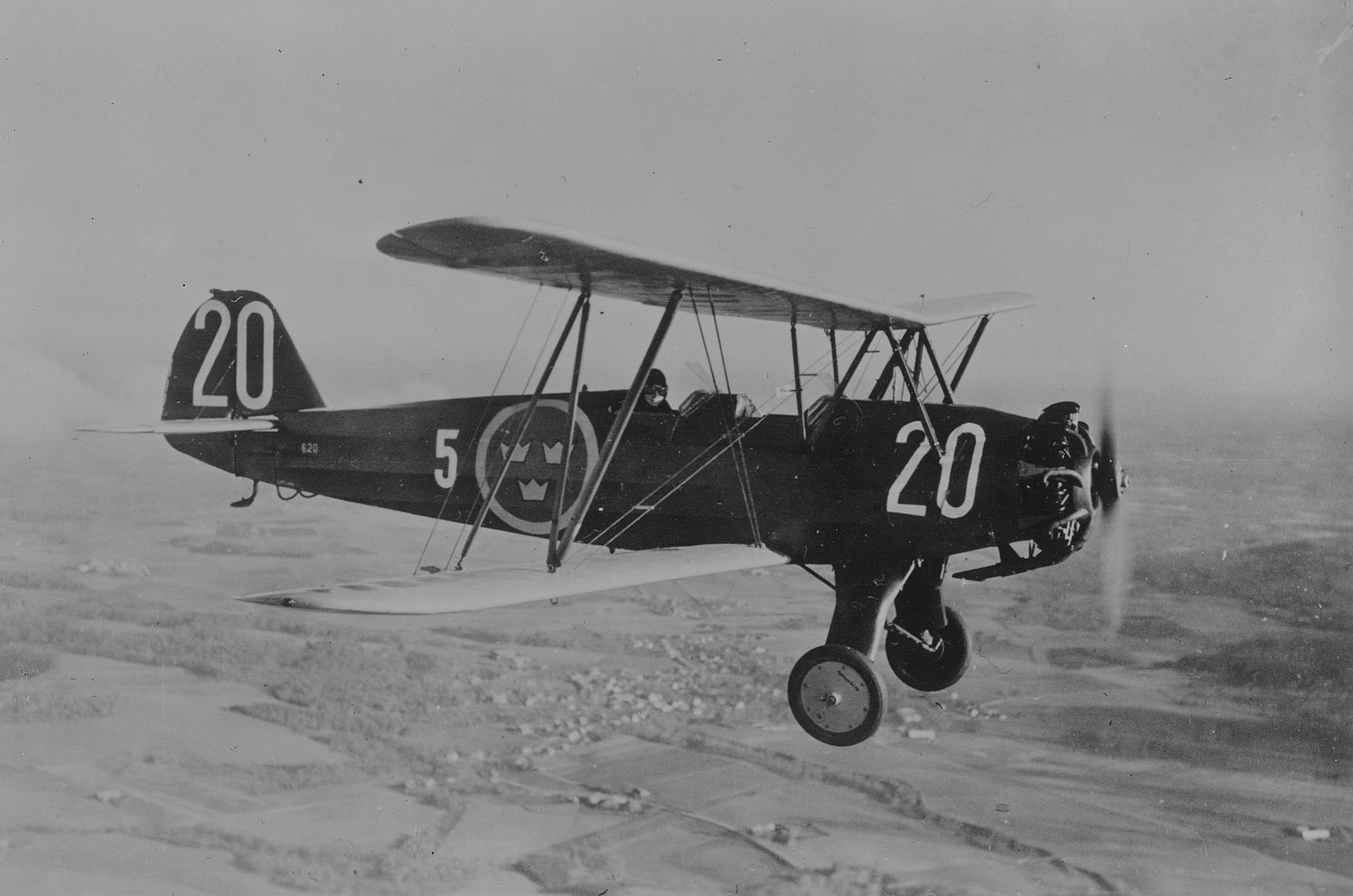
Turkey
8 planes were ordered and delivered in 1939.
Finland
As the Fw 44 was suitable for operation in polar regions, Finland required the aircraft for basic pilot training. In April 1940, a contract was signed between Finland and Focke-Wulf, for delivery of 30 Fw 44 J models.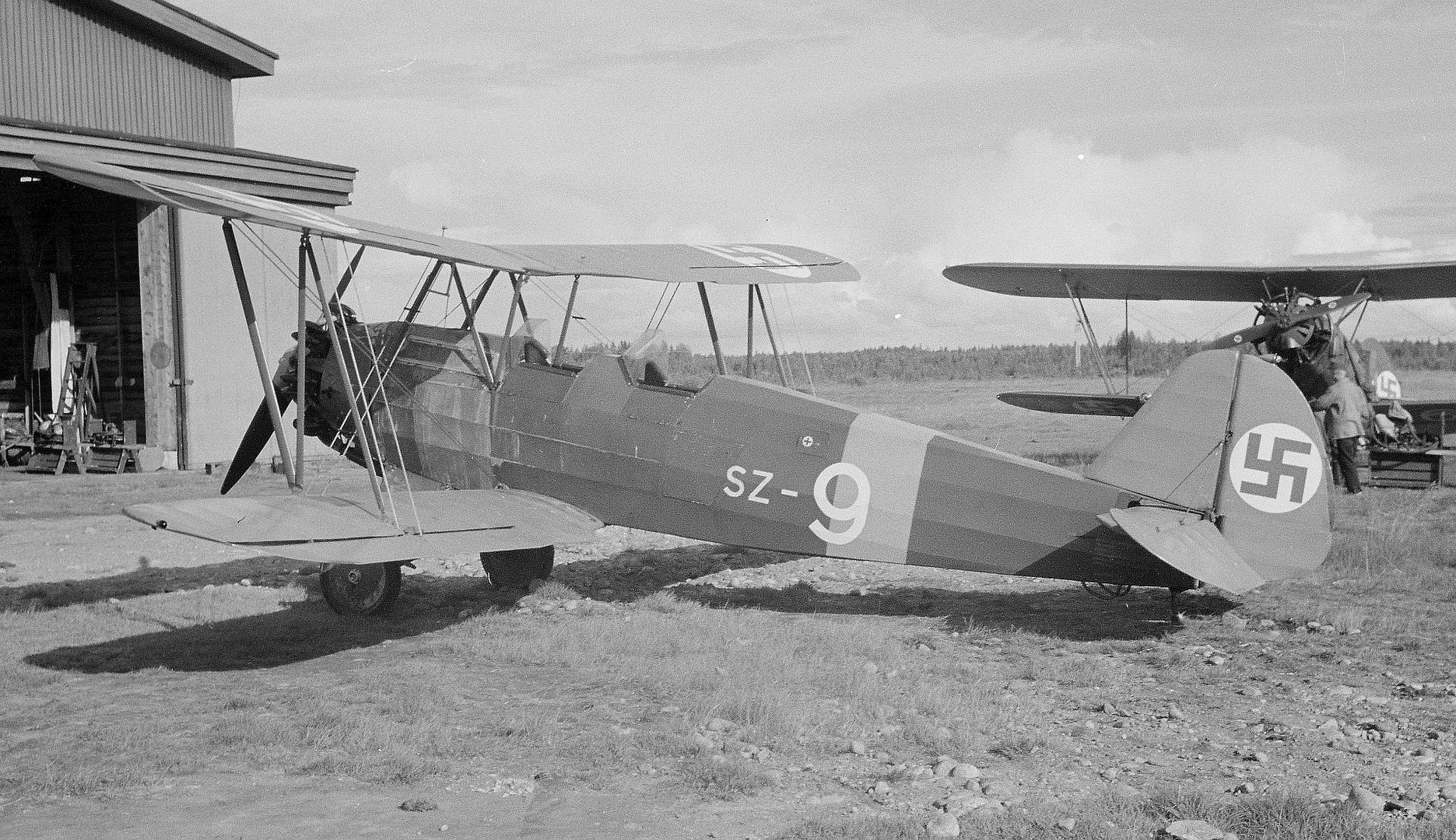
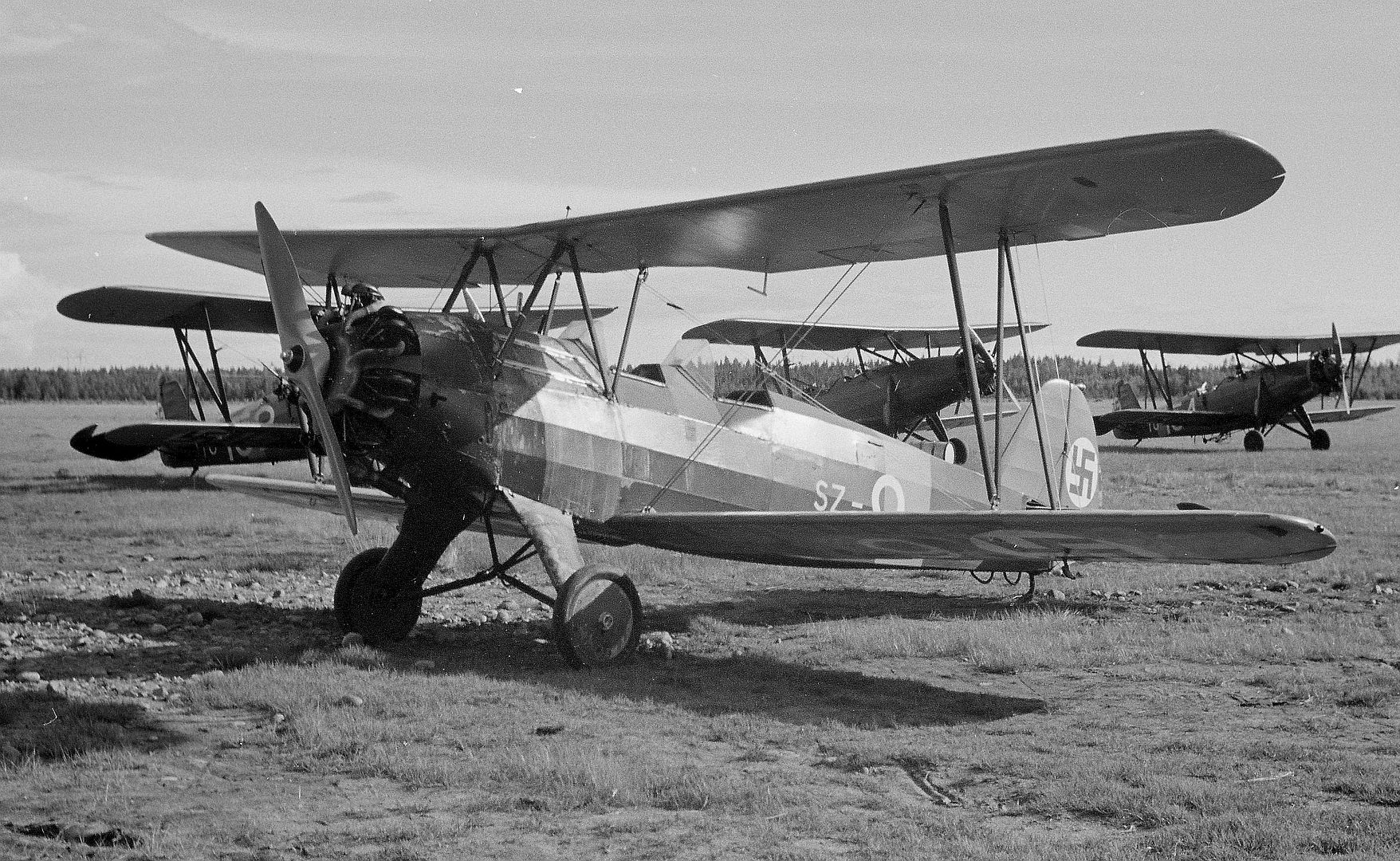
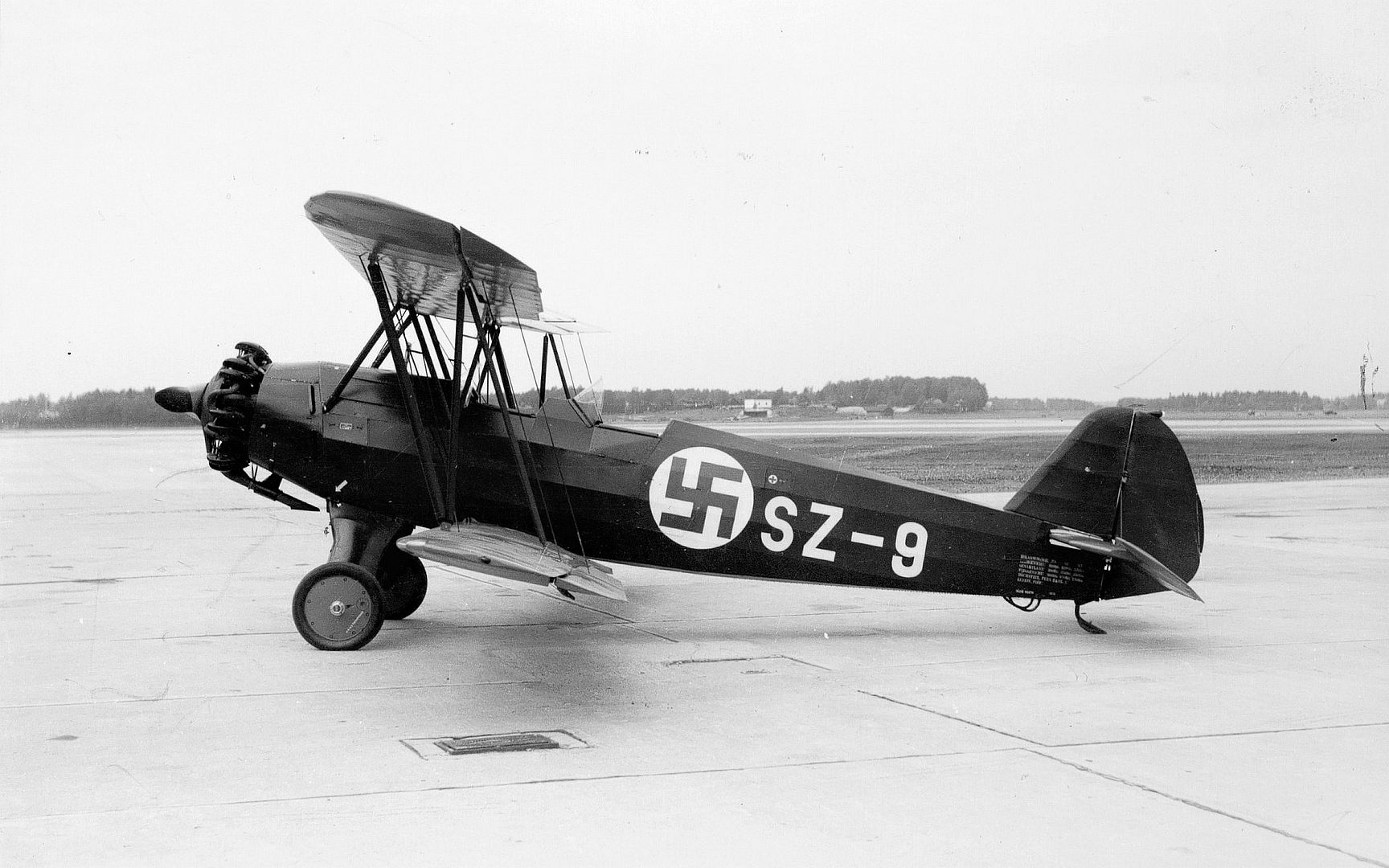
Norway
Norway placed an order for ten Fw 44 Js, which were delivered in April 1940.
Austria
From 1936 onwards Austria’s Federal Army used the Fw 44 as a basic school training aircraft, with some ten aircraft were purchased from Focke-Wulf. The Fw 44 was also produced under license. Some 40 Fw 44J models were produced by Hirtenberger Patronenfabrik, (Wiener Neustadt).
Argentina
Argentina ordered fifteen Fw 44 Js in January 1937, and built another 60 under license.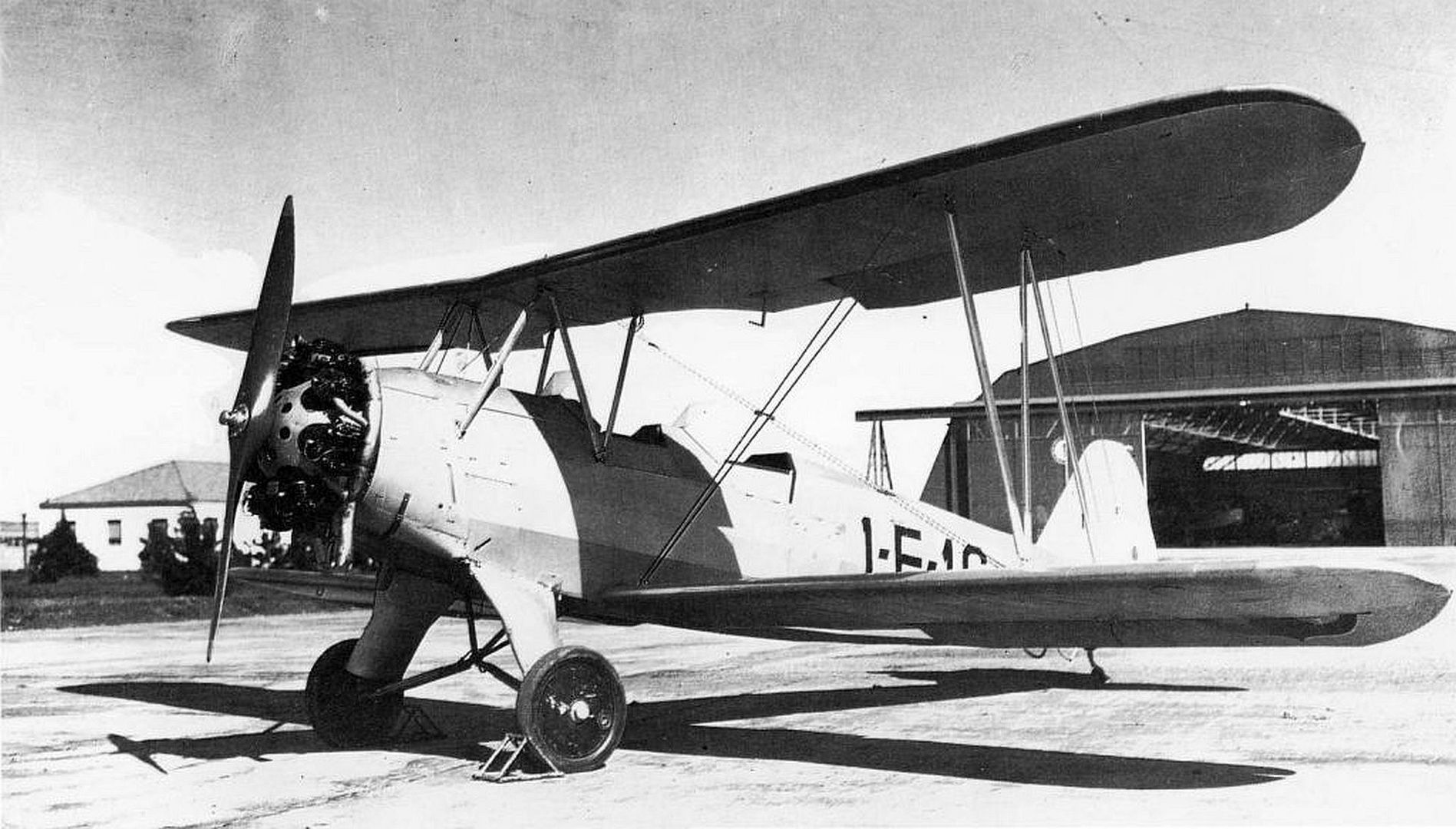
Brazil
Built a production facility to produce the plane in some numbers.
Chile
In September 1937, Chile signed an agreement to buy 15 Fw 44 J models.
Yugoslavia
Some war trophy aircraft were taken from the Bulgarians as war reparations and used after the war as trainers.
Switzerland
This Focke-Wulf Fw.44f marked NV+KF landed at Dubendorf, Switzerland, on 26 April 1945, flown by German Major Arno Albrecht from Konstanz near the Swiss border to avoid capture by the Allies. It was interned and purchased from the Allied Control Commission and placed into service Swiss service with the identity number black A-95 and used as a utility aircraft in the role of a tow plane and smoke test aircraft, for example.
As a Luftwaffe training aircraft, NV+KF belonged to Flugzeugfuhrerschule (FFS) 71 (A/B), a primary and advanced flight training school for single-engined aircraft based at Prossnitz.
In Swiss Air Force service it accumulated only 52 flight hours. On 19 June 1953, it was sold to a civil flight school at Birrfeld where it received its civil aircraft serial of HB-EBN, modified to a single-seater, and operated as a tow plane for gliders. On 2 October 1962, it was sold to Luigi Santa of Zurich who operated the aircraft privately from the Birrfeld airfield. At the end of 1965, it was scrapped by the owner and its serial number was cancelled on 29 December 1965..jpg?width=1920&height=1080&fit=bounds)
General characteristics
Crew: 2
Length: 7.3 m (23 ft 11 in)
Wingspan: 9 m (29 ft 6 in)
Height: 2.7 m (8 ft 10 in)
Wing area: 20 m2 (220 sq ft)
Empty weight: 565 kg (1,246 lb)
Gross weight: 870 kg (1,918 lb)
Powerplant: 1 × Bramo Sh 14A-4 7-cylinder air-cooled radial piston engine 150 PS (148 hp; 110 kW)
Propellers: 2-bladed Starrschraube, 2.25 m (7 ft 5 in) diameter fixed-pitch RH rotation wooden propeller
Performance
Maximum speed: 185 km/h (115 mph, 100 kn)
Cruise speed: 172 km/h (107 mph, 93 kn)
Landing speed: 74 km/h (46 mph; 40 kn)
Range: 675 km (419 mi, 364 nmi)
Endurance: 4 hours 24 minutes
Service ceiling: 3,900 m (12,800 ft)
Rate of climb: 3.4 m/s (670 ft/min)
Time to altitude:
1,000 m (3,281 ft) in 5 minutes 30 seconds
3,000 m (9,843 ft) in 23 minutes 36 seconds
Wing loading: 43.5 kg/m2 (8.9 lb/sq ft)
Power/mass: 0.1724 PS/kg (0.0771 hp/lb; 0.1268 kW/kg)
Fuel consumption: .20 l/km (0.071 imp gal/mi)
Oil consumption: .01 l/km (0.0035 imp gal/mi)
Take-off distance: 140 m (459 ft)
Landing distance: 140 m (459 ft)
Post a reply
- Go to Previous topic
- Go to Next topic
- Go to Welcome
- Go to Introduce Yourself
- Go to General Discussion
- Go to Screenshots, Images and Videos
- Go to Off topic
- Go to Works in Progress
- Go to Skinning Tips / Tutorials
- Go to Skin Requests
- Go to IJAAF Library
- Go to Luftwaffe Library
- Go to RAF Library
- Go to USAAF / USN Library
- Go to Misc Library
- Go to The Ops Room
- Go to Made in Germany
- Go to Campaigns and Missions
- Go to Works in Progress
- Go to Juri's Air-Raid Shelter
- Go to Campaigns and Missions
- Go to Works in Progress
- Go to Skinpacks
- Go to External Projects Discussion
- Go to Books & Resources
